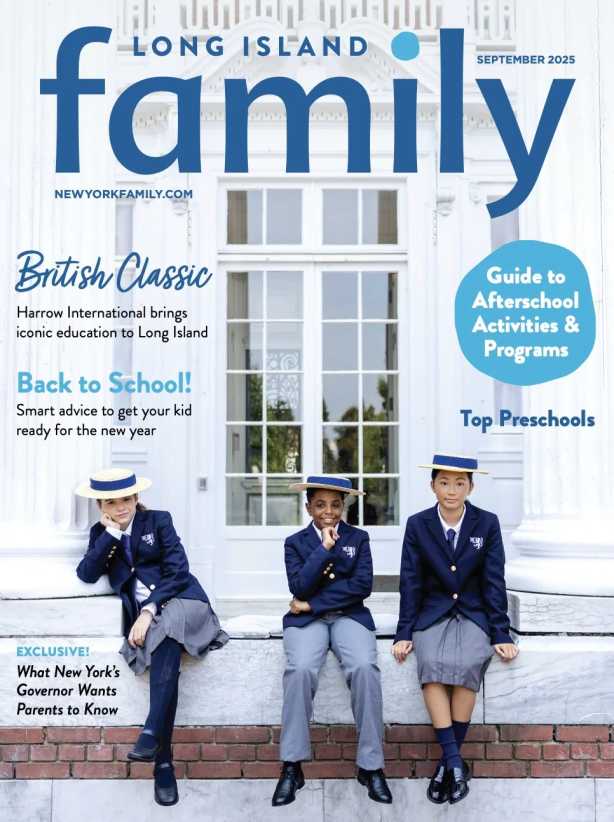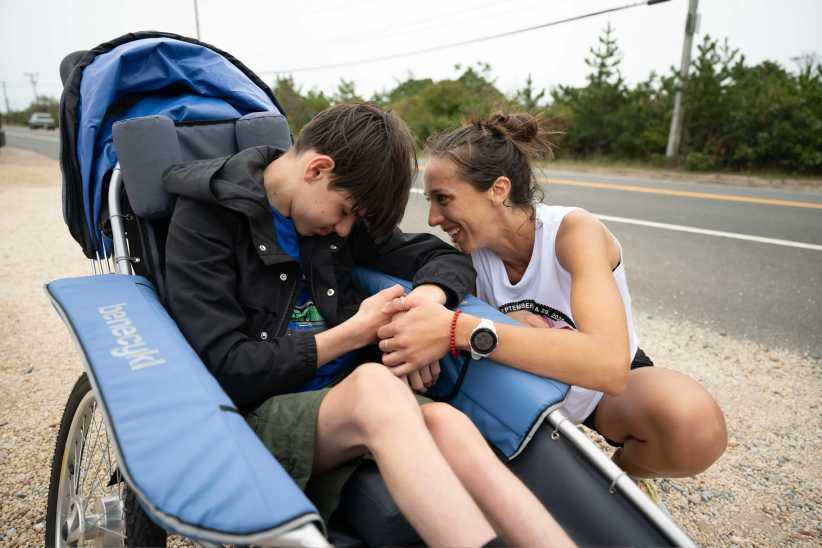My 6-year-old daughter has asthma, and this winter has been particularly difficult for her. Everything this time of year seems to set her off, inside and outside. She sees a pediatric pulmonologist, and we always keep a rescue inhaler within reach, but what can I do on a day-to-day basis to make sure she is safe?
Winter can be an especially challenging time for children with asthma. Cold, dry air can set off asthma attacks, yet time spent indoors may result in exposure to a whole range of other asthma triggers. You are already doing much to keep your daughter safe by bringing her to a pulmonologist and having an inhaler on hand. While your daughter will inevitably encounter situations that cause a reaction, you can take precautions to limit her exposure to potentially dangerous situations.
Asthma is a chronic condition in which the airways constrict or fill with mucus in response to particular stimuli or “triggers,” resulting in coughing, wheezing, and shortness of breath. These triggers can include allergens such as dust, dust mites, or pet dander, or environmental conditions such as extreme temperatures. At this time of year, I recommend that you make sure to cover your daughter’s nose and mouth with a scarf when she is walking or playing outside. Even as the weather warms up, keep a scarf on hand along with your rescue inhaler in case the temperature suddenly drops or it becomes windy.
While the bronchodilator medication in your daughter’s rescue inhaler can open up her airwaves during an attack, it is better to get ahead of the inflammation in the first place. If your daughter is not already using corticosteroids on a regular basis to control her symptoms, talk to your pulmonologist about this option. Corticosteroids can reduce inflammation in your daughter’s airwaves and alleviate mild symptoms.
Because avoiding cold weather means spending increased time indoors, your daughter may encounter a whole separate set of challenges. More time inside means greater exposure to dust and other potential triggers. However, you can take precautions to reduce the risk of an asthma attack. Check air vents within the house, as poor ventilation can increase the presence of dust. Limit her time around pets if there are any in the home (and if there are currently no pets, you should probably avoid acquiring a cat or dog), and cover any mattresses and bedding with mite-proof covers to keep the dust mites at bay.
The other major risk posed by spending more time inside is increased exposure to viruses that may cause acute respiratory infections that can set off asthma attacks. These viruses include rhinovirus (the common cold), influenza, and respiratory syncytial virus, and are extremely common in young children. She may be encountering these viruses on a daily basis in school.
Make sure to teach her to wash and sanitize her hands often, and that her teacher is aware of her condition. It is also crucial that she receive a flu shot in the fall, as this can help prevent her from catching the virus during flu season (October through the end of March).
Asthma is a condition that requires constant management, and challenges will present themselves year-round. However, as long as you are vigilant, follow up with a pulmonologist often, and teach your daughter good practices, there is no reason why your daughter’s asthma should keep her from enjoying her childhood.




























